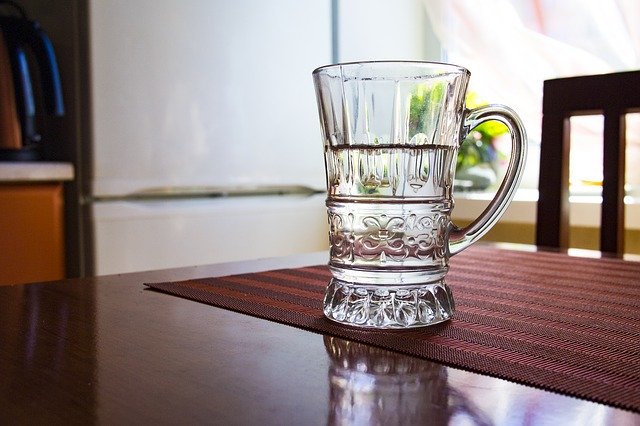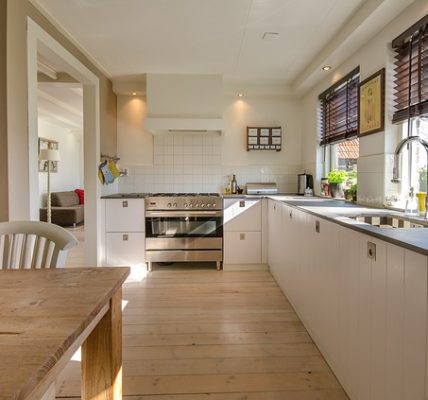
Water damage anywhere can have harrowing impacts, but when it’s in your home, it can cause a problem that affects your whole family in a way that can hurt your everyday lives. The damage is not just limited to floods – even if you have a small leak somewhere in your home, it may suffer from black mold, which perniciously works its way into wooden beams or joists. If left unattended this can damage the entire structural integrity of your house and in severe cases cause floors, ceilings or walls to collapse. The small leak that causes a problem on this scale could be from a hole the size of a needle’s eye in a pipe, but could also be from improper garden soil, improper guttering and the list goes on.
The bad news is that everybody is vulnerable, but the good news is that you can reduce your risk greatly by doing regular checks and issuing simple repairs as well as adopting some simple new behaviors. Here are some of those changes that can help you to prevent water damage to your home.
Give your Pipes an Upgrade
Copper has been the standard material for piping for many homes and for many years, but when they hit about 20 years old they become much more liable to corrosion and developing tiny holes that can increase the likelihood of black mold developing or a more general corrosion that can increase the likelihood of the pipes bursting and causing havoc (including difficult to repair damage to your walls and floors).
You can prevent this from happening by replacing your old copper pipes with PEX pipes, which is a plastic material that is corrosion–free. You can replace your pipes progressively over a series of years, or go for a full pipe replacement (which costs a lot of money typically). Once you have a pipe system in place that is unlikely to suffer from corrosion, be sure that nothing will go unnoticed by installing a water leak detection system, which senses water flow, pressure and temperature to allow you to catch burst pipes before they do expensive amounts of damage.
Don’t neglect your Sump Pump
The sump pump will typically be located in the darkest depths of your home, but don’t be fooled by its reluctance to stay out of the limelight – the sump pump is one of the most important components of any house’s fight against water damage. Usually located in the basement, sump pumps are a system that detects a rising water level and responds by pumping water out of the house. This can save you from a lot of damage, so make sure you maintain it well and keep it ticking. You should regularly check that it is still connected to an electrical outlet and that the outlet is working and that the pump can turn on and off (experiment by moving the buoyant float in the sump pit and checking for a response). Make sure the pump is upright and that the float hasn’t been damaged. You should also keep a keen eye on the circuit breaker and be ready to replace it if needed.
Check your caulking
Caulking is a sealant made from latex, silicone, polyurethane or rubber. This is a key component of maintenance, and the right sealant can do wonders to help prevent water damage. This helps you to eliminate leaks around windows and doors, which can let rain water or moisture get into your house and create perfect conditions for damp. Inspect each window or door for cracks and systematically audit your house. You should look for mould spots, bubbled paint or crumbling plaster and check your windows on both the inside and outside of your home.
When you’ve made a note of the number of cracks you need to replace you should go around with a sealant and fill in every last one, no matter how small. A small crack today can be a large crack tomorrow. Make sure you do this when it’s not raining for maximum seal longevity.
Make sure your guttering is in order
You should make sure your guttering is clean of debris that can cause clogging and water spills that can erode the soil or stone by your house in a way that causes the foundation to be compromised. Clean all your guttering system at least once a year and make sure you clear out ice as soon as it builds up. You should also inspect the guttering downspouts, which pick up the water from the gutters and brings it down the property to deposit it exterior to your house. You should make sure that these downspouts direct water away from the house, for similar reasons to reducing gutter overflow. Water pouring onto soil at high speeds can increase the erosion process, and if your foundation is compromised than your house could rot from the bottom up.
Be Kind to your Sinks
It’s very easy to treat your sinks badly, because it’s difficult to imagine how a problem with your sink can affect the rest of your house. Sinks divert water to a sewer through your pipes, so if you pour grease down your drains or let bits of leftover food slip down the plughole. If you let your drains get in a bad state they can leak between floors or inside walls and cause terrible issues. You should keep a strainer in every sink as well as shower or bath drains for hair. You should clean this strainer frequently, as well as checking every sink’s drain trap regularly. You should also plan a schedule for cleaning your drains with bleach, and make sure you stick to regular cleans for healthy drains.
By following these steps, you will trade a few hours of your time every now and then for protection from the devastating effects that water can cause. Water damage can be similar to flood damage, and in many cases can change homeowners lives for years. Even being aware and turned on to the possibility of water damage can have a positive effect in your life – if you give yourself a mindset where you respond swiftly to any cracks you may notice, or any signs of even a tiny leak, you will be able to enjoy your house in peace (even when it’s raining).









![Watch Video Now on xiaohongshu.com [以色列Elevatione perfectio X美容仪 perfectio X 全新仪器黑科技了解下]](https://www.techburgeon.com/wp-content/uploads/2019/07/perfectiox-singapore-150x150.jpg)
